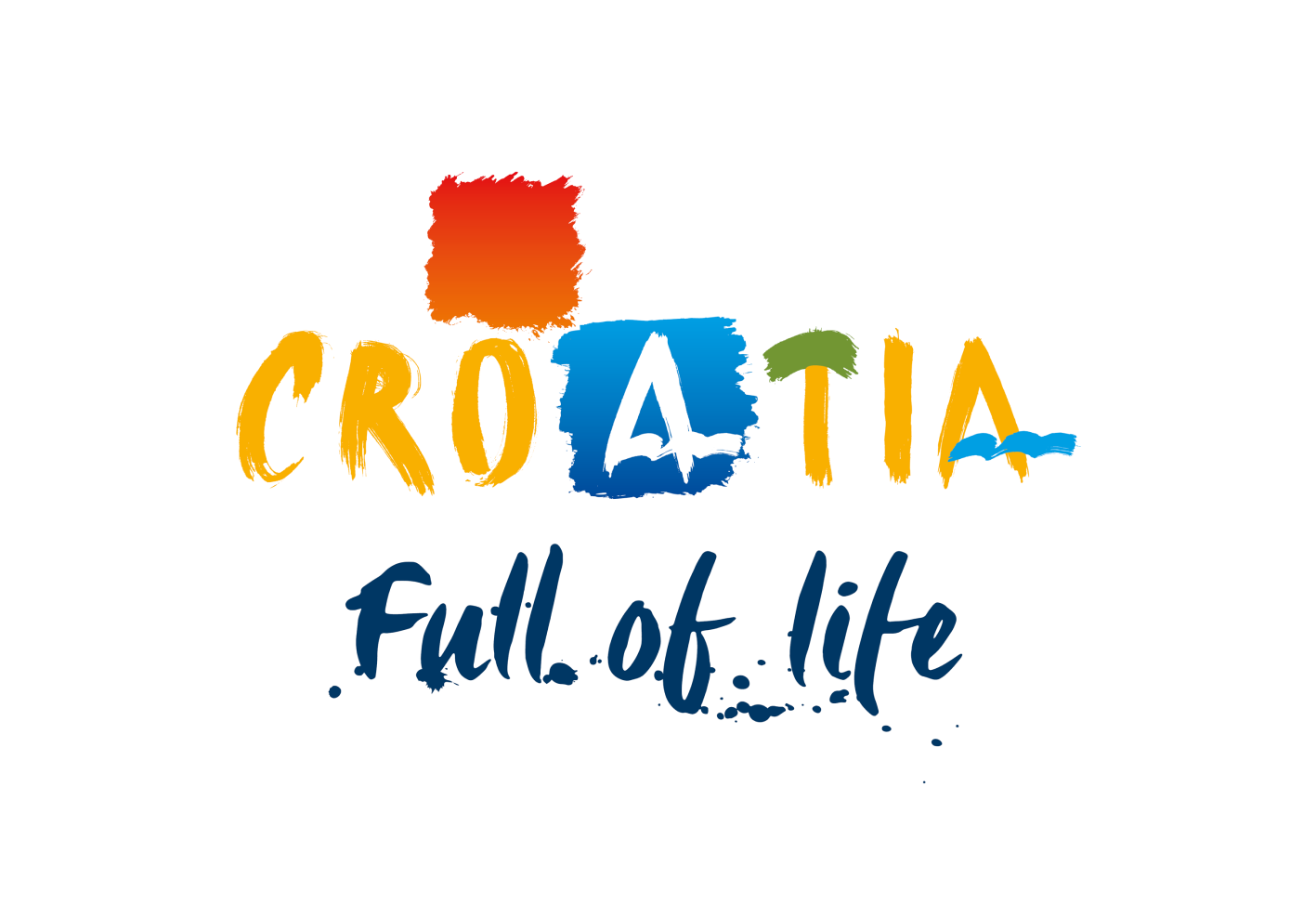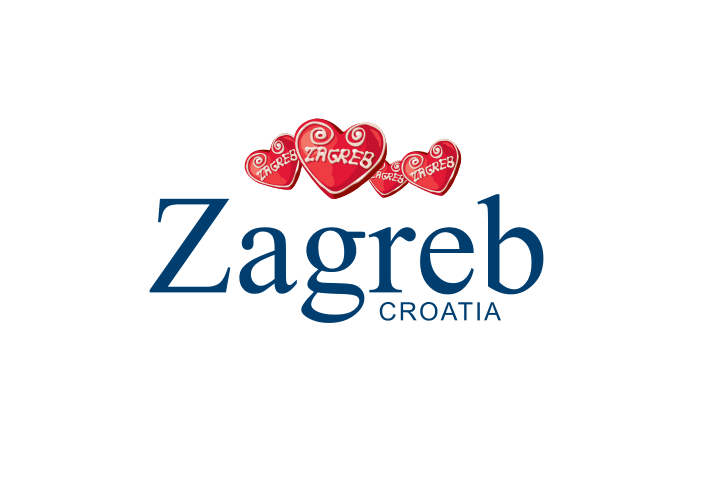BALKAN BEAUTY: BOSNIA AND CROATIA
Bosnia and Herzegovina, Federation of Bosnia and Herzegovina, Sarajevo
Duration
Route

Itinerary
SARAJEVO
Upon arrival at Sarajevo airport, transfer to hotel for accommodation. Sightseeing tour of Sarajevo including Ilidža, Alipaša polje, Suad Dilberoviæ bridge, Olympic stadium, Zetra gym, Old town, Baščaršija, Inat house, Alifakovac, yellow and white Tabija, town hall, Kazandžiluk… Return to hotel for dinner and overnight.
SARAJEVO
Breakfast. Morning sightseeing tour of Sarajevo including Gazi Husref Bey Mosque and Tunnel War Museum, Brusa Bezistan Museum, Beg Mosque, Kušuml Medresa, Latin bridge, Franc Ferdinand Museum, Synagougue, Sarajevo Cathedral…Return to hotel for refreshment. Traditional dinner in the middle of the Old town with traditional Bosnian meal. Return to hotel for overnight.
SARAJEVO - TRAVNIK - SARAJEVO
Breakfast. Morning departure for Travnik. We will visit Memorial House of Ivo Andrić, writer with Nobel prize, Sulejman Mosque, Elči Ibrahim Paša Medresa. Lunch.Return to Sarajevo for dinner and overnight.
SARAJEVO - MOSTAR - POÈITELJ - BLAGAJ - NEUM
Breakfast. Morning departure for Mostar. Sightseeing tour of the Old city of Mostar recently (2005) included on the UNESCO's List of the World Cultural Heritage. During the Turkish rule, the city was an important trade centre, traces of that period are still visible today. We tour its elegant Bridge, Old colorful Bazaar, the Mosque and a typical Turkish house. We proces to Počitelj, a picturesque fortress-town perched on a hillside above the Neretva River. We'll visit Hadža Alija Mosque, Šišman Ibrahim Paša Medresa… After Počitelj You will visit Blagaj. Lunch in typical restoran. Continuation our drive to Neum. Dinner and overnight in hotel.
NEUM - DUBROVNIK- NEUM
Breakfast. Morning departure for Dubrovnik. City tour of the Old City of Dubrovnik included in the UNESCO's List of World cultural Heritage. Visit to the Franciscan Church and Monastery with the third oldest pharmacy in Europe (1317) the Dominican Monastery and Museum housing the works of the Dubrovnik Painting th School. The Rector's Palace, the Cathedral with its Treasury housing the relics of St Blaise, ST Blaise's Church, and the Rupe Museum. In the afternoon we tour the 1940 meters long City Walls with their numerous fortresses and towers, one of the most beautiful and best preserved defense complexes in the world.Return to Neum, dinner and overnight in hotel.
NEUM - KRAVICE - MEÐUGORJE - SARAJEVO
Breakfast. Morning departure for Kravice waterfalls. The gem of this region is the crystal clear water of the Trebizat River. Southeast of Ljubuski are the Kravica Waterfalls. Stretching over 100m across and tumbling down 25m, Kravica is one of the largest waterfalls in Herzegovina and certainly the most impressive one. The waterfalls have a natural pool dug out at the base of the falls by the constant rush of water. It is a favorite local swimming hole with picnic area, café and even a place to pitch a tent if you like. The best time of year for visiting is springtime when the waterfalls is at its fullest and the arid landscape turns a bright green. After waterfalls we proces to Meðugorje, one of the most known sanctuary in the World. We'll visit Cenacolo community. Departure to Sarajevo, overnight in hotel.
SARAJEVO - ILIDŽA - SARAJEVO
Breakfast. Morning departure for Vrelo Bosne, Nature park with plenty of rapids, lakes and small islands. Alley of Vrelo Bosne (3,5 km) we will get by cab. After our visit we proces to the cente of Sarajevo. Free time at groups disposal. Return to hotel for dinner and overnight.
SARAJEVO
Breakfast. After breakfast, departure transfer to Sarajevo airport.
Terms of travel
Price includes
- private transfers with english speaking driver
- accommodation in hotels 4* or 5* in double rooms, single rooms
- breakfast
- private city tours with English speaking guide
- stay tax
Price excludes
- meals
- tickets to museums, castles
- everything that is not included under the price includes
Bosna i Hercegovina
Bosnia and Herzegovina is a country in Southeastern Europe. It borders Croatia, Serbia and Montenegro. According to its structure, it is a complex federal state with elements of a confederation; It consists of two entities - the Federation of Bosnia and Herzegovina and the Republic of Srpska and Brčko District. The capital and largest city of the country is Sarajevo.
The most important international sports event in Bosnia and Herzegovina was the 14th Winter Olympic Games held in Sarajevo from February 7 to 19, 1984.
BOSNA I HERCEGOVINA SKI
Bosnia and Herzegovina (abbreviated: BiH; Serbian: Bosnia and Herzegovina, BiH) is a country in Southeastern Europe. It borders Croatia, Serbia and Montenegro.
GEOGRAPHICAL POSITION:
It is located in the southeast of Europe, in the western part of the Balkan Peninsula. Its area is 51,209.20 km2 (51,209.2 km2 of which 51,197 km2 is land and 12.2 km2 is sea). The length of the border with neighboring countries is 1,538 km, of which the land border is 774 km long, the river border is 751 km, and the sea border is 13 km. It borders Croatia to the north, northwest and south (932 km), Serbia to the east (357 km) and Montenegro to the southeast (248 km). In the extreme south, on the territory of the municipality of Neum, it opens onto the Adriatic Sea in a length of about 20 km. The borders of Bosnia and Herzegovina are mainly of natural origin and are mostly formed by the rivers Drina, Sava and Una, and mountains such as Dinara in the southwest.
The highest peak is Maglić (2,386 m), in the southeastern part, on the border with Montenegro. The longest river that flows through Bosnia and Herzegovina is the Sava, and the largest of the lakes is the Buško, an artificial reservoir with an area of 56.7 km2.
Almost 50% of the territory of Bosnia and Herzegovina is under forests. The largest forest areas are in the central, eastern and western parts of Bosnia.
POLITICAL ORGANIZATION:
It is a complex federal state with elements of a confederation. Administratively, it is divided into 2 entities: the Federation of Bosnia and Herzegovina (51%) and Republika Srpska (less than 49%) and the Brčko District. The capital and largest city of the country is Sarajevo.
There are three constituent nations living in Bosnia and Herzegovina, Bosniaks, Serbs and Croats, and Bosniaks are the ethnic majority. Apart from them, other ethnic communities live in the country: Albanians, Montenegrins, Jews, Macedonians, Roma, Slovenes, Turks and others. Regardless of ethnicity, citizens of Bosnia and Herzegovina are often colloquially identified as Bosnians
According to the results of the 2013 census, it had 3,531,159 inhabitants.
The official languages are Bosnian (Bosniak), Croatian and Serbian
CLIMATE
The climate is moderately continental with warm summers and cold winters. Areas with high altitude have short cool summers and long, sometimes severe winters. On the coast and in the south of the country, winters are mild and rainy.
CURRENCY
The monetary unit is the convertible mark (KM; BAM); 1 KM = 100 pfennigs.
The exchange rate of the convertible mark (KM) is tightly linked to the Euro exchange rate (1.95 KM = 1 Euro)
Time zone
UTC +1 (EET)
UTC +2 (EEST)
Internet domain: .ba
Call number: +387
Sarajevo
Sarajevo is the capital and largest city of Bosnia and Herzegovina. It is located on the Miljacka river, the right tributary of Bosnia, in the eastern part of the Sarajevo-Zenica basin. According to the population census from 2013, the City of Sarajevo has 275,524 inhabitants, and according to estimates from June 2019, that number fell to 274,879 inhabitants. The wider area of the city gathers more than half a million inhabitants.
Sarajevo is the largest city in Bosnia and Herzegovina and a prominent cultural center of Southeast Europe. The city is known for its traditional cultural and religious diversity, which includes members of: Islam, Orthodoxy, Judaism and Catholicism. Due to its long and rich history and belonging, religious and cultural diversity, Sarajevo is sometimes called the "Jerusalem of Europe".
In the architectural sense, Sarajevo is an interesting example of the interweaving of different artistic influences, that is, architectural styles. Within the narrow valley, only a kilometer or two wide, which expands significantly only in today's Novi Grad municipality, i.e. in the eastern part of Sarajevo Field, there are numerous examples of early Ottoman, mature Ottoman architecture, then neo-Gothic, neo-Romanesque, eclectic, secessionist, futuristic and other buildings. .
The well-preserved commercial part of the city, Baščaršija, rich in unique architectural achievements of Ottoman urban architecture, is particularly significant from the period of Ottoman rule in Bosnia and Herzegovina.






